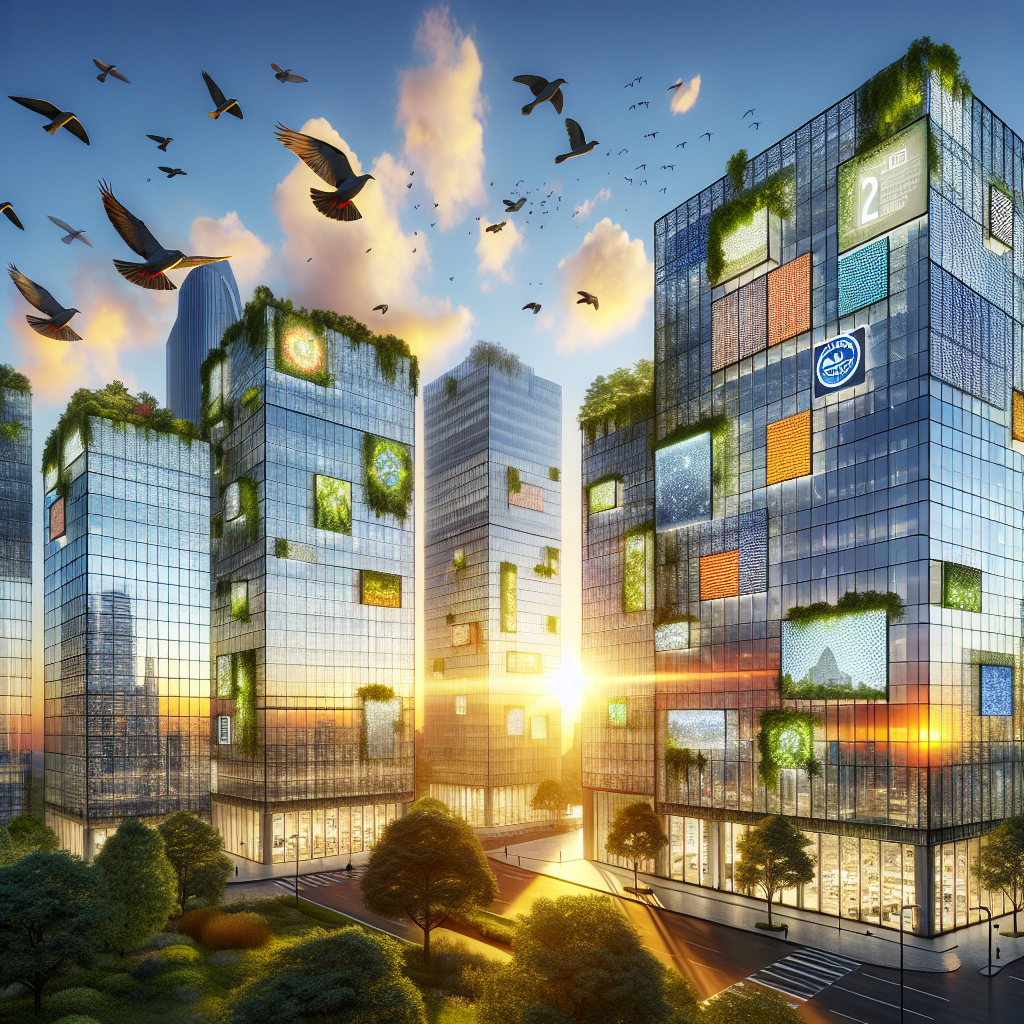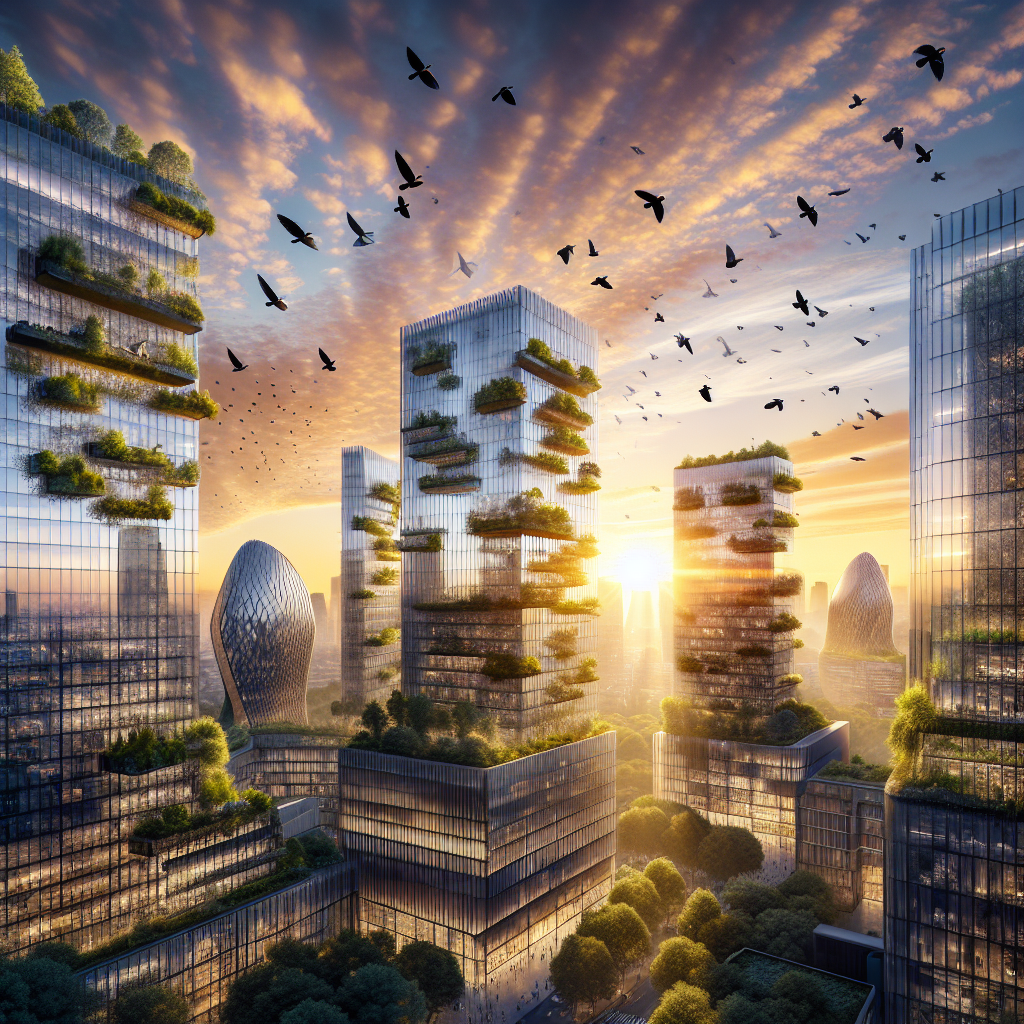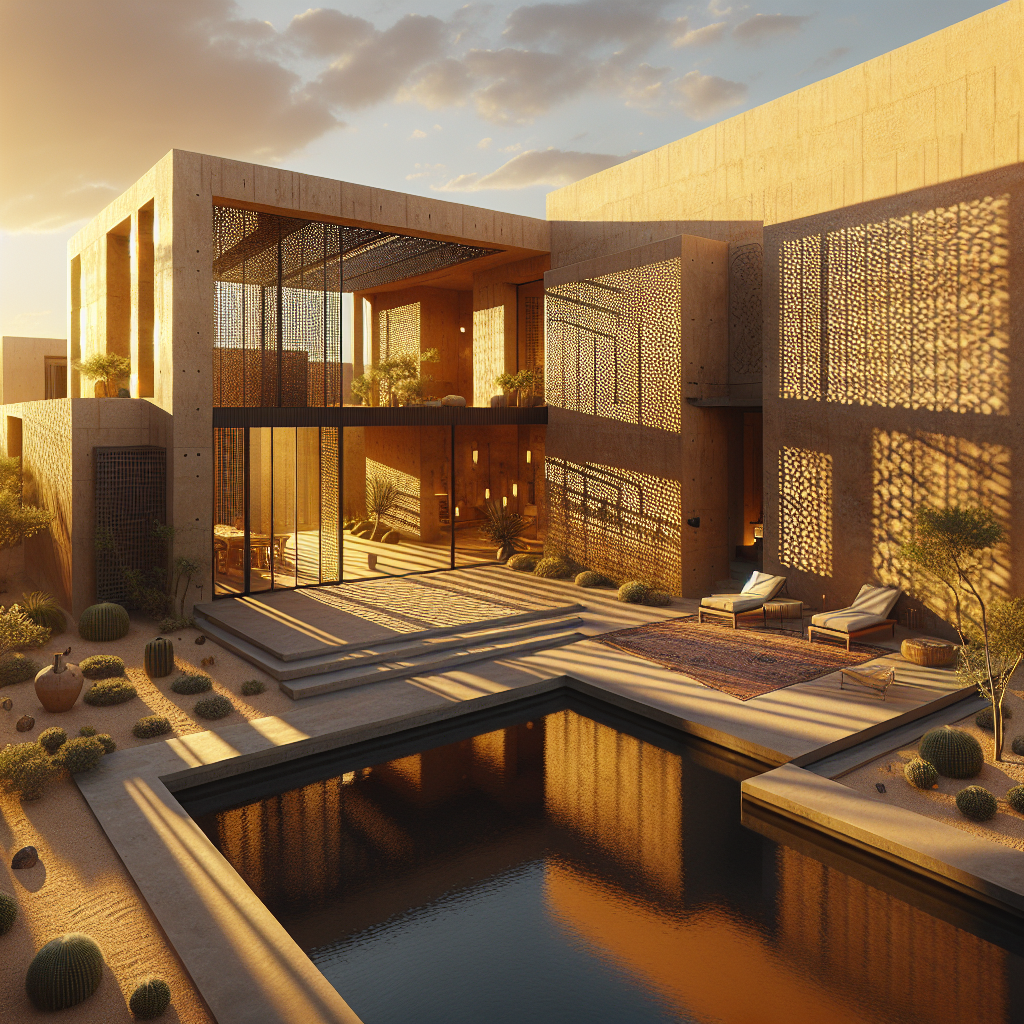Architectural Design and Bird Safety: Addressing the Urban Glass Hazard

Architectural Design Meets Avian Conservation: The Quest for Bird-Safe Urban Skylines
As the sun casts its early rays upon the towering edifices of our urban jungles, a less observed tragedy unfolds almost daily. The very structures that symbolize human ingenuity and progress—the gleaming glass facades of our cities’ skyscrapers—pose a lethal threat to our feathered cohabitants. It’s a collision course, quite literally, where architectural design and bird safety intersect, often with fatal consequences for the avian population. Yet, the tide is turning, as architects, conservationists, and policymakers join forces to address the urban glass hazard, weaving the ethos of sustainability with cutting-edge design.
Understanding the Urban Glass Hazard
Birds, unlike humans, do not perceive traditional glass as a barrier. To them, the reflections of trees or the sky signal a clear flight path, leading to collisions that result in countless avian fatalities each year. The statistics are sobering; studies estimate up to one billion bird deaths annually in the United States alone due to building collisions. This grim reality has spurred a movement within the architectural community to reevaluate and innovate, prioritizing bird safety in urban design.
Innovative Materials and Design Strategies
The quest for bird-friendly architecture has given rise to novel materials and design strategies. Fritted glass, with its dotted patterns, alerts birds to the presence of a barrier, while ultraviolet-reflective glass, invisible to the human eye, appears as a vivid obstacle to birds, which can see UV light. These materials not only prevent collisions but also boast energy efficiency, aligning with the principles of sustainable design.
Beyond materials, architectural ingenuity plays a pivotal role. Strategic use of vegetation, controlled lighting, and the angling of glass surfaces can mitigate reflection and transparency issues. For instance, the green architecture movement encourages the integration of living walls and rooftop gardens, which not only serve as habitats but also as visual cues for birds to navigate the urban airspace safely.
Policy and Certification: Paving the Way for Bird-Safe Cities
Policy initiatives have begun to reflect the urgency of this issue. Cities like San Francisco and Toronto have adopted bird-safe building standards, mandating the incorporation of bird-friendly design in new constructions. Similarly, certifications such as the LEED Pilot Credit for Bird Collision Deterrence recognize and incentivize efforts to minimize avian fatalities.
The Leadership in Energy and Environmental Design (LEED) certification, in particular, has been instrumental in promoting environmentally responsible practices. By including bird safety as a criterion, LEED has elevated the importance of this issue within the broader context of ecological stewardship.
Case Studies: Pioneers of Bird-Safe Architecture
Across the globe, landmark buildings are setting the standard for bird-safe design. The Jacob K. Javits Convention Center in New York, once a notorious site for bird collisions, underwent a renovation that included the installation of fritted glass. The result was a staggering 90% reduction in bird deaths, a testament to the efficacy of thoughtful design interventions.
In Canada, the Flower Garden Banks National Marine Sanctuary headquarters serves as another example. The building’s exterior utilizes patterned glass and strategic lighting to prevent bird strikes, while simultaneously achieving aesthetic excellence and energy efficiency.
Engaging the Public: Education and Advocacy
Public awareness is crucial in the fight against the urban glass hazard. Initiatives like the eco-friendly living movement educate citizens on the importance of bird conservation in urban settings. Advocacy groups work tirelessly to promote bird-safe building practices, emphasizing the shared responsibility of architects, developers, and the public in safeguarding our avian neighbors.
Looking to the Future: The Role of Technology and Research
The integration of technology and ongoing research is vital for the advancement of bird-safe architecture. Innovations such as smart glass, which can adjust its opacity in response to environmental conditions, hold promise for reducing bird collisions. Moreover, continued research into bird behavior and vision can inform more effective design solutions, ensuring that our cities reflect a harmonious coexistence with nature.
As we gaze upon the skyline, let us envision a future where the shimmering surfaces of our buildings are not a death knell for birds but a showcase of humanity’s capacity for empathy and innovation. The melding of architectural design and bird safety is more than a niche concern; it is a reflection of our broader commitment to a sustainable and compassionate world.








